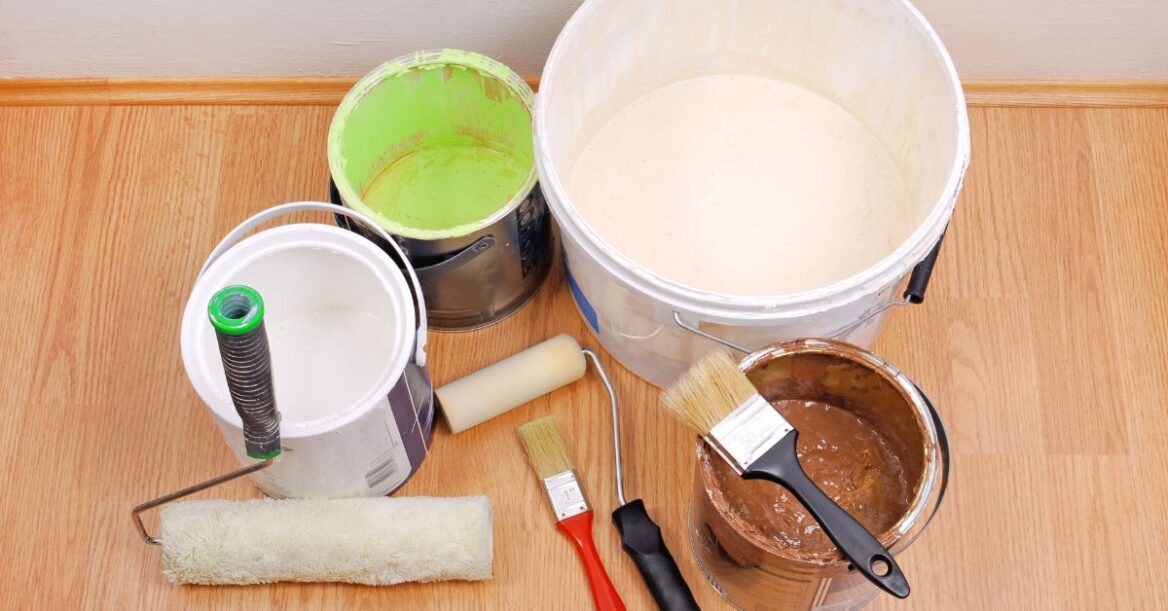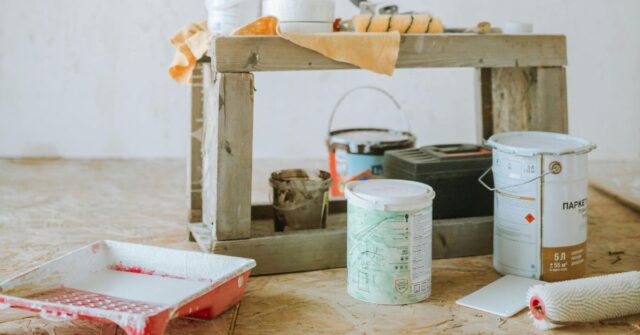When embarking on the journey of painting and decorating, possessing the right tools isn’t just a necessity—it’s the difference between a job well done and a lacklustre outcome.
The Australian landscape, with its varied climate and architecture, presents unique challenges and opportunities for professional painters.
Whether you’re a seasoned professional or a DIY enthusiast, understanding what makes a toolkit comprehensive and effective can elevate your work from good to exceptional.
Introduction
Imagine painting not as a task, but as an art form. That’s exactly what it is in the hands of a professional. The right toolkit doesn’t just make the job easier; it allows for creativity and efficiency in every stroke.
As we dive into the essentials of a professional painter’s toolkit, remember that it’s not just about covering surfaces with paint; it’s about bringing spaces to life.
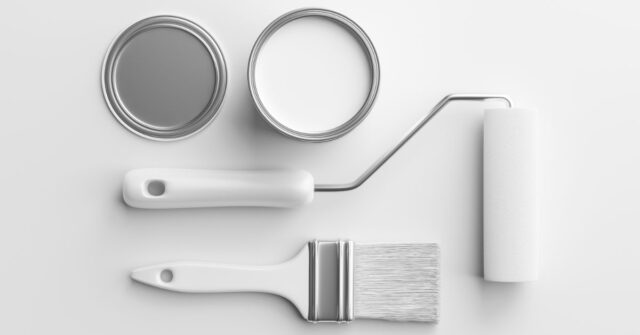

The Importance of a High-Quality Toolkit
A high-quality toolkit is like a chef’s knife set—vital, versatile, and invaluable. For a professional painter in Australia, it means the difference between an average job and a masterpiece.
It’s the foundation upon which all quality work is built, enabling precision, efficiency, and superb finishes.
Understanding the Australian Painting Landscape
Australia’s painting landscape is as diverse as its ecosystems. From humid coastlines to arid interiors, each environment demands specific tools and materials.
Navigating this variety means being prepared with a toolkit that’s adaptable and resilient, capable of delivering exceptional results under any conditions.
Essential Tools and Equipment
The backbone of any professional painter’s toolkit, these are the must-haves that form the basis of every project, regardless of size or complexity.
Brushes: Types and Uses
Brushes are the quintessential tool of the painter. A selection of sizes and bristle types (synthetic for water-based paints and natural for oil-based paints) allows for precision and versatility.
Remember, a high-quality brush not only saves time but also paint.
Rollers: Selecting the Right Nap and Size
Rollers expedite the painting process, especially on large, flat surfaces. The right nap length—a measure of the fibre length on the roller—can mean a smooth finish on walls or a textured effect where desired.
Choosing the right size roller can also help access those hard-to-reach areas without additional strain.
Paints: Varieties and Their Applications
The choice of paint can make or break a project.
Acrylics, enamels, and latex varieties offer options for every type of surface, with considerations for drying time, finish, and climate adaptability essential for Australian conditions.
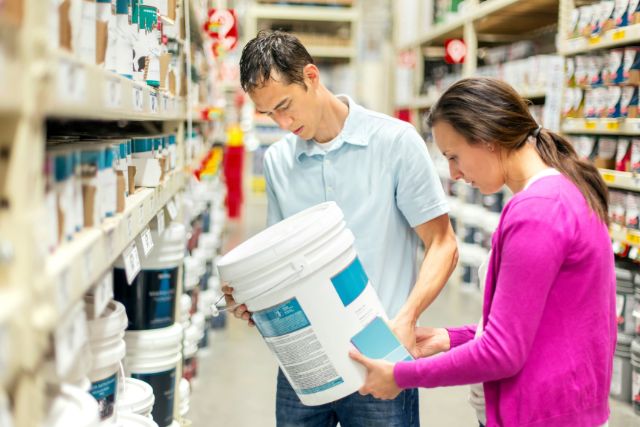

Primers and Sealers: When and Why to Use Them
Primers and sealers are the unsung heroes of painting. They prepare surfaces for painting, ensuring adhesion and longevity of the topcoat.
Skipping this step can lead to peeling and flaking—a definite no-go for the professional.
Drop Cloths and Tape: Protecting Surfaces
Protection is key. Drop cloths shield floors and furniture from spills and splatters, while quality painter’s tape ensures clean lines and protects trim and windows from errant brush strokes.
It’s not just about avoiding mistakes; it’s about creating a clean, professional finish.
Ladders and Scaffolding: Safety First
Reaching new heights safely is essential.
A sturdy ladder or scaffold system not only provides access to those hard-to-reach places but also ensures you can work comfortably and safely, reducing the risk of accidents.
Preparation and Application Tools
Preparation is half the battle. The right tools here can significantly impact the final result, ensuring a finish that’s both beautiful and durable.
Sanders and Sandpaper: Preparing Surfaces
Smooth surfaces are the canvas for paint. Electric sanders and various grits of sandpaper allow for efficient surface preparation, removing old paint and smoothing out imperfections for a flawless finish.
Caulking Guns and Putty Knives: Filling Gaps
Gaps and cracks are no match for a good caulking gun and putty knife. Sealing these before painting not only improves the appearance but also protects the structure from water damage and pests.
Paint Trays and Buckets: Efficient Paint Management
Paint trays and buckets are the unsung heroes of efficiency. They allow for easy loading of rollers and brushes, minimizing waste and ensuring paint is applied evenly
and generously.
Masking Tools: Precision in Painting
For edges and trim, masking tools are indispensable. They ensure sharp, clean lines that define professional work, showcasing attention to detail that makes a space truly stand out.
Advanced Tools for Specialized Tasks
Sometimes, a job requires something a bit more specialized. Here’s where the advanced tools come into play, allowing for customization and creativity in every project.
Spray Guns: When to Use Them
Spray guns offer a fast and smooth application, perfect for large areas or textured finishes.
With various nozzle sizes and types available, they allow for precision and control over the paint application, achieving finishes that brushes and rollers simply cannot.
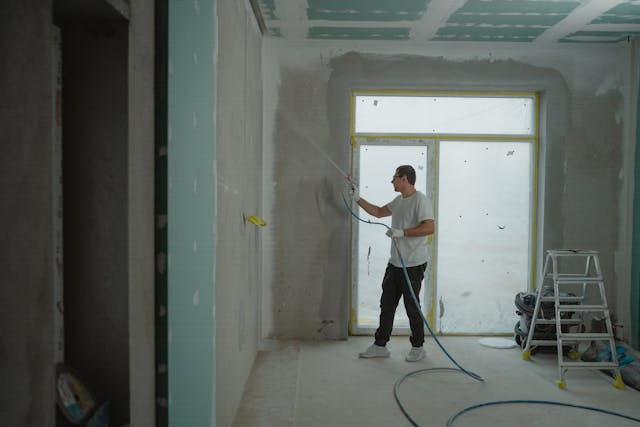

Texture and Pattern Tools: Adding Unique Finishes
Textures and patterns can add depth and interest to a space.
Using tools like stencils, combs, and sponges, a professional painter can create effects that make a wall stand out or blend harmoniously with the design of the room.
Color Matching Technology: Ensuring Consistency
In the age of digital technology, colour matching has never been more precise.
Portable devices can scan and match any colour, ensuring that touch-ups or additional coats are perfectly consistent with the original application.
Health and Safety Equipment
No job is too small to ignore safety. The right protective gear is essential to prevent injuries and health issues, ensuring that the job gets done without risking the painter’s well-being.
Respirators and Masks: Protecting Your Lungs
Paint fumes aren’t just unpleasant—they can be harmful. A quality respirator or mask is essential for working with volatile organic compounds (VOCs) and ensuring that the air you breathe is clean.
Gloves and Protective Clothing: Skin and Body Protection
Paints and solvents can be harsh on the skin. Protective gloves and clothing shield against spills and splashes, keeping you safe and clean throughout the project.
Safety Glasses and Face Shields: Eye Protection
Eyes are particularly vulnerable to splashes and debris. Safety glasses or face shields are a must-have to prevent injury and ensure that your vision remains unimpeded as you work.
Ventilation Tools: Ensuring Safe Breathing Conditions
Proper ventilation is crucial, especially in enclosed spaces. Fans and air movers help circulate air, removing fumes and ensuring a safe working environment.


Maintenance and Care of Painting Tools
A toolkit is an investment, and like any good investment, it requires care and maintenance to keep it in top condition.
Cleaning Brushes and Rollers: Techniques and Tips
Proper cleaning extends the life of brushes and rollers, ensuring they’re ready for the next job.
Techniques vary depending on the type of paint used, but the goal is always the same: to keep your tools in prime condition.
Storing Paints and Chemicals: Best Practices
Correct storage of paints and chemicals is not only safe but it also preserves their quality. Cool, dry places away from direct sunlight will ensure that your materials are protected and ready for use.
Tool and Equipment Lifespan: When to Replace
Even the best tools have a lifespan. Knowing when to replace them is key to maintaining the quality of your work. Regular inspection and maintenance help identify when it’s time for an upgrade.
Choosing Quality Products
Quality products are at the heart of every successful painting project. Knowing what to look for and where to find it can make all the difference.
Brands and Manufacturers: Trusted Names in Australia
Australia is home to many reputable brands and manufacturers of painting supplies. Opting for trusted names ensures you’re getting quality products that professionals rely on.
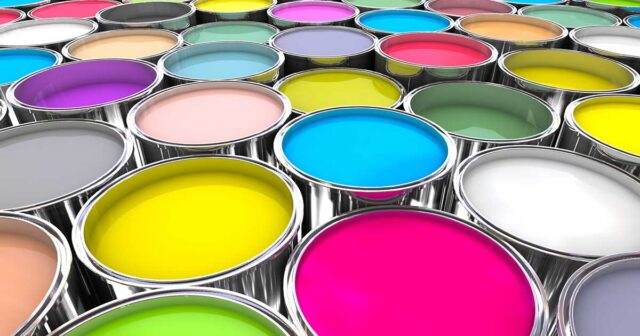

Price vs. Quality: Making Smart Investments
While budget is always a consideration, investing in quality tools and materials pays off in the long run. They not only make the job easier and safer but also ensure a finish that lasts.
Reading Reviews and Getting Recommendations
In a world where information is at our fingertips, reading reviews and seeking recommendations from fellow professionals can guide you to the best tools and materials for your specific needs.
Conclusion
Building a professional painter’s toolkit is a journey, one that reflects the commitment to quality and craftsmanship.
In Australia’s diverse and challenging environments, having the right tools isn’t just helpful—it’s essential.
As you gather your arsenal, remember each tool, each brush, and each can of paint is a step towards transforming spaces, creating beauty, and achieving excellence in the art of painting and decorating.

